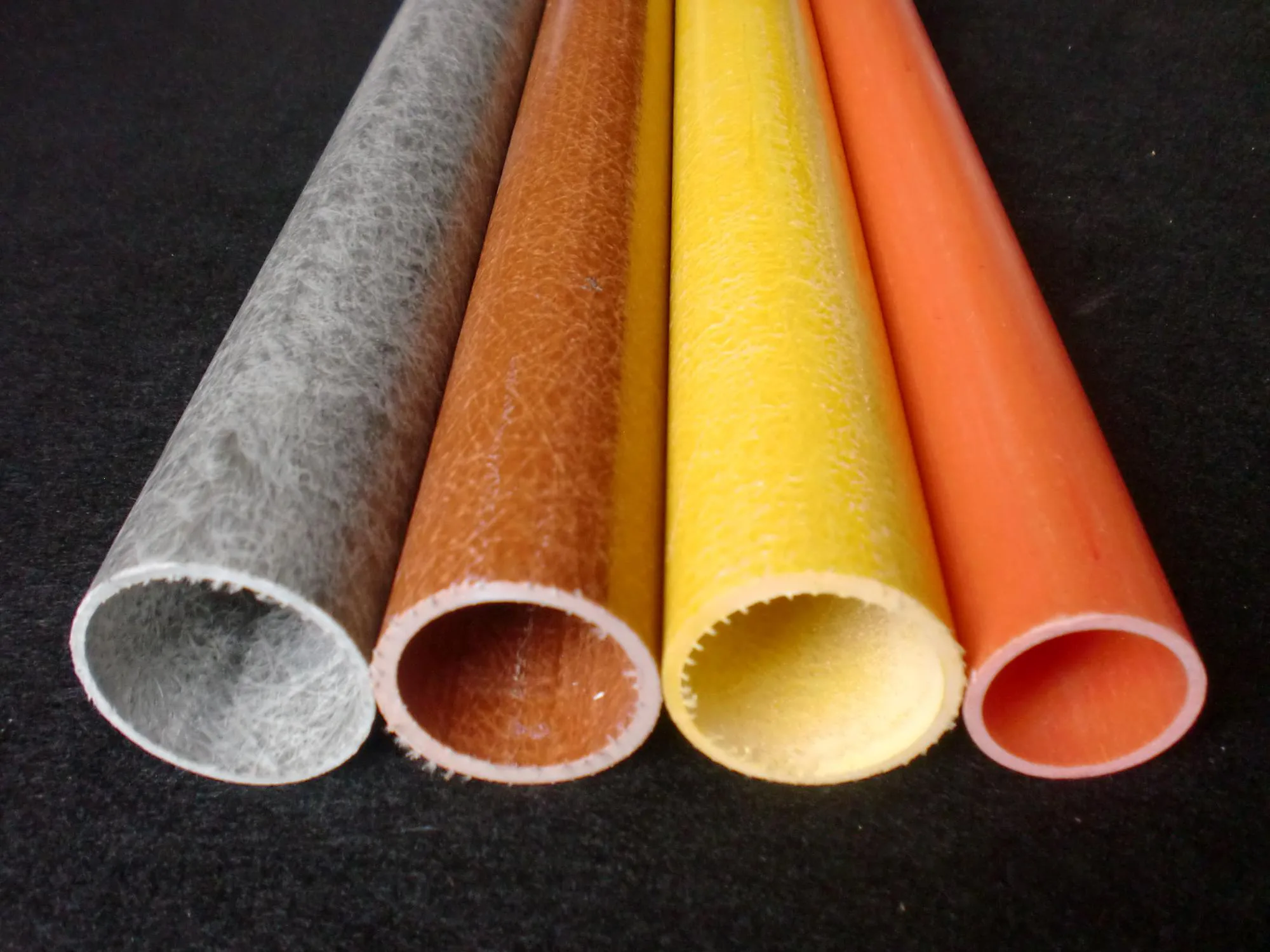Introduction
Choosing the right material for your construction or DIY project can be daunting. With so many options available—each promising impressive benefits—it’s easy to feel overwhelmed. One of the most common dilemmas is deciding whether fiberglass round tube or steel is the better choice. In this article, we’ll dive into the key differences between fiberglass round tube and steel, outline common uses for both, and help you make the most informed decision for your specific needs.

fiberglass round tube
Understanding Fiberglass Round Tube
The Basics
A fiberglass round tube is crafted from composite materials, typically a matrix of glass fibers and resin. These tubes are known for their combination of high strength and relatively low weight. Because of advancements in composite manufacturing, fiberglass round tubes have become a popular alternative to traditional metals. They are often referred to as FRP (Fiber-Reinforced Polymer) tubes and are valued for their corrosion resistance, ease of handling, and versatility.
Common Uses
Fiberglass round tubes find use in a range of industries. They are frequently employed in:
- Construction: Beams, railings, and support structures
- Marine Applications: Deck railings, ladders, and framework in saltwater environments
- Aerospace and Automotive: Lightweight structural components
- Home Renovations and DIY Projects: Reinforcements, decorative elements, and custom builds
Thanks to their non-conductive properties, fiberglass tubes are also used in electrical or high-voltage settings where metal would pose a greater risk.
Key Differences Between Fiberglass Round Tube and Steel
Strength & Durability
Steel has a well-established reputation for its impressive strength, often making it the go-to material for heavy-duty structural applications. Fiberglass round tube, however, boasts a very favorable strength-to-weight ratio. While not always as strong in pure tension or compression compared to certain steel alloys, fiberglass tubes can be more than adequate for many light-to-medium-load projects.
In fact, according to a report by the American Composites Manufacturers Association, certain advanced fiberglass composites can match or even exceed the strength of steel when engineered for specific applications. This means it’s essential to consider the actual load requirements before deciding one material is superior to the other.
Weight & Handling
One of the biggest advantages of fiberglass round tube is its lightweight nature. On average, fiberglass can be up to 70% lighter than steel while still providing substantial structural integrity. This weight advantage:
- Makes transportation easier
- Reduces overall labor costs
- Allows for quicker installation
- Lowers the risk of workplace injuries due to lifting heavy materials
For example, a weekend DIY enthusiast putting together a deck railing could handle fiberglass components single-handedly, whereas steel might require more hands—or at least specialized equipment—to move and install safely.
Corrosion Resistance & Maintenance
When it comes to longevity and resistance to environmental factors, fiberglass round tube often outperforms steel. Steel is prone to rust and corrosion—especially in harsh or humid climates—unless it undergoes galvanization or is treated with protective coatings. Even with coatings, constant exposure to moisture or salt spray (such as in coastal regions) can still lead to corrosion over time.
Fiberglass, on the other hand, does not rust or rot. It’s inherently resistant to many chemicals and won’t degrade in most normal operating conditions. This makes fiberglass round tube a great long-term solution for:
- Marine environments
- Outdoor railings
- Industrial settings with chemical exposure
Cost & Long-Term Value
Steel is generally cheaper upfront, particularly for standard structural shapes and sizes. However, the initial savings may be offset by ongoing maintenance costs, painting, and corrosion treatments. Fiberglass, while often more expensive initially, can offer significant long-term value because it requires little to no maintenance or special treatment.
In a life-cycle cost comparison, fiberglass can come out ahead if you factor in reduced repair work, minimal replacements over time, and the potential for lower labor expenses. This is particularly relevant for projects where corrosion, weight, or labor is a critical factor.
Deciding Which Material Is Best for Your Project
Environmental Factors
If your project is in a damp, humid, or corrosive environment, fiberglass round tube holds a substantial advantage. Steel could still be used, but expect to invest in specialized coatings, ongoing inspections, and periodic repainting. In contrast, fiberglass typically needs little more than periodic cleaning to maintain appearance and performance.
In extreme temperatures, both steel and fiberglass can perform well, but fiberglass has excellent thermal insulation properties, making it less likely to conduct heat or cold. This can be beneficial in applications requiring temperature control or human contact, like handrails in hot or cold climates.
Budget Considerations
Before making a choice, you’ll want to weigh the following:
- Upfront Cost: Steel often costs less initially, especially for large structural volumes.
- Maintenance and Repairs: Fiberglass has lower ongoing costs due to its corrosion resistance.
- Labor Requirements: Fiberglass can be installed with fewer people or less specialized equipment.
- Project Scale and Complexity: For heavy industrial applications requiring immense structural capacity, steel may be more readily available in the needed shapes and grades.
Ultimately, the “right” material for your project depends on balancing your immediate budget constraints with the project’s long-term requirements.
Conclusion
Deciding between fiberglass round tube and steel is about more than just comparing two materials; it’s about understanding your project’s unique demands. From corrosion resistance to handling and budget considerations, each option has its place in construction, DIY projects, and industrial applications. By carefully evaluating the environment, load requirements, and long-term maintenance, you can make an informed decision that ensures both safety and cost-effectiveness.
If you found this comparison helpful, let us know in the comments below or share this article with someone who might benefit. And be sure to subscribe for more insights on construction materials, DIY tips, and expert recommendations. Your feedback and engagement help us continue delivering valuable content tailored just for you!




























